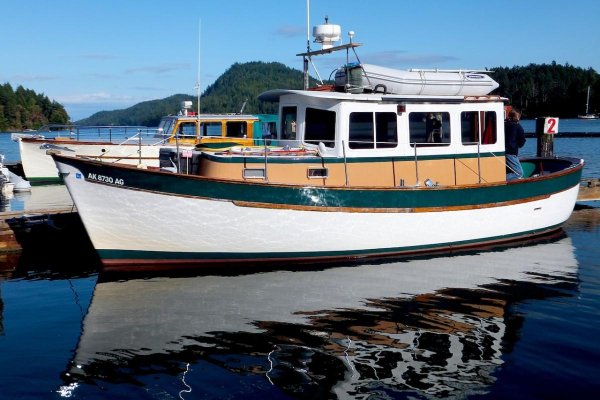There goes reliability...
The old 'tractor engines' were about as bulletproof as they could make them. The new electronic control systems on diesels today are anything but bulletproof. If only their was a standby method (a get-home) mode on the electronic injectors to let them still work in some capacity...
I understand that we need to be aware of our carbon footprint and all those things but when you are driving a single engine boat out of sight of land, it needs to be bulletproof.
Speaking of tractor engines, I grew up working on Deutz tractors, and was the youngest certified mechanic at 13. I have seen some tractors that were abused by their owners (run upside down??) or have the cooling manifold packed tight with wheat straw, and still running. Sometimes it would take longer to steam clean the dirt and gunk off the engine than it did to do the work on the engine. My late father was the 2nd Deutz dealer in North America and he was a good teacher about many things.
My ideal trawler would be to have a Bruce Roberts steel trawler with a couple of Deutz 5 or 6 cylinder air cooled engines (rebuilt ones from the late 1970's). Last year, at the TrawlerFest in FL, I heard an engine running at about 2100 rpm and I told Aiden "That sounds like a Deutz engine" and I walked over to the construction site and saw a Deutz 6 cylinder engine driving a sludge pump...
The last Deutz engine I rebuilt ran another 50,000 hours after that. I doubt any of the newer engines will ever see that number of hours with that low maintenance costs. In those days, oil change schedule was 400 hours or 6 months whichever came first. Those were the days...








 I like your choice of boat but as for engines there are lots of erly engines that seem to run forever to choose from for power like the Ford Lehman for one
I like your choice of boat but as for engines there are lots of erly engines that seem to run forever to choose from for power like the Ford Lehman for one